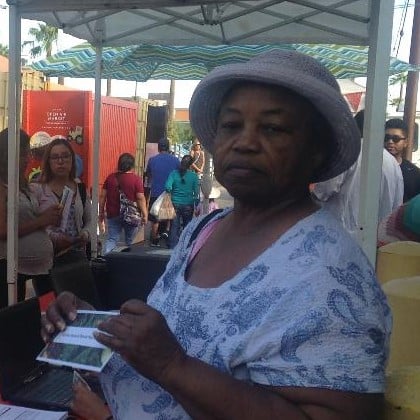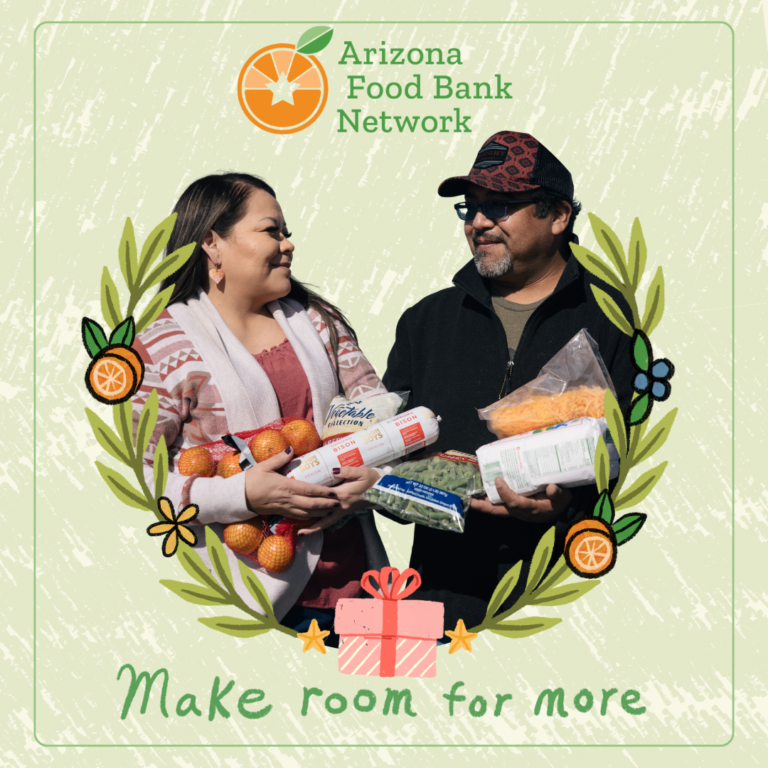As the economy improves and unemployment decreases, fewer people are facing food insecurity nationwide. In Arizona, 5 percent fewer adults and 6 percent fewer children struggled with hunger in 2017 than in 2016, according to Feeding America’s 2019 Map the Meal Gap. While this movement in the right direction is encouraging, it still leaves roughly 1 in 5 children and 1 in 7 adults with unreliable access to sufficient nutritious food each day. These rates are higher than the national average, and even greater disparities can be seen in Arizona’s rural counties.
Feeding America’s Map the Meal Gap is an annual study that provides national, state, and local data on food insecurity, using the most recent data from the U.S. Census Bureau and Bureau of Labor Statistics on factors that contribute to food insecurity such as unemployment, poverty, demographics, and household characteristics. In addition to measuring how pervasive the need is, the study also estimates the cost of a meal, and the amount of need among people who are food insecure, using local data from Nielsen and national survey data from the Census Bureau.
The 2019 Map the Meal Gap shows a decline in food insecurity among the overall population—from 13 percent in 2016 to 12.5 percent in 2017—and among children—from 17.5 percent in 2016 to 17 percent in 2017. Similarly in Arizona, overall food insecurity dropped—from 15 percent in 2016 to 14 percent in 2017—and child food insecurity fell from nearly 23 percent in 2016 to 21 percent in 2017. (See Map the Meal Gap: Arizona.)
While no county in America is free from child hunger, rural counties are particularly hard hit. In Apache, Navajo, and Yuma Counties, nearly 1 in 3 children is food insecure—more than double the statewide average. Limited access to affordable healthy food, transportation, and long-term employment are contributing factors in these counties. On the flip side, while Maricopa County has a modest rate of child food insecurity (20 percent), it has the fourth-highest number of food-insecure children (211,000) among all counties in the United States. (See the 2019 Child Food Insecurity policy brief for details.)
“Our food banks serve about 450,000 Arizonans each month,” said Angie Rodgers, president and CEO of the Association of Arizona Food Banks, “but, as this latest edition of Map the Meal Gap shows, so many people are still struggling to make ends meet. That’s why we work with Feeding America and other national, state, and local partners to improve access to federal nutrition programs.” The report shows that 35 percent of Arizonans struggling with hunger (roughly 350,000 people) are not eligible for federal nutrition programs like the Supplemental Nutrition Assistance Program (SNAP, formerly food stamps) and the Women, Infants, and Children Program (WIC).
“This new report points out how persistent and pervasive the problem of child hunger is nationwide,” said Rodgers. “As Congress begins to discuss Child Nutrition Reauthorization legislation, it’s a key time for us to point out the gaps that charitable food relief networks like ours have to fill when families can’t access federal nutrition programs. School meals, after-school meals, and especially summer meals need to be more accessible to families.”
The report also shows that nearly 3 in 10 Arizonans struggling with food insecurity may not qualify for SNAP or other federal nutrition assistance. This is a large gap for our statewide emergency food network to fill, especially given the limited capacity of food pantries, senior centers, and other small partner agencies.
For more information, please contact AAFB Public Policy Manager Ashley St. Thomas.

